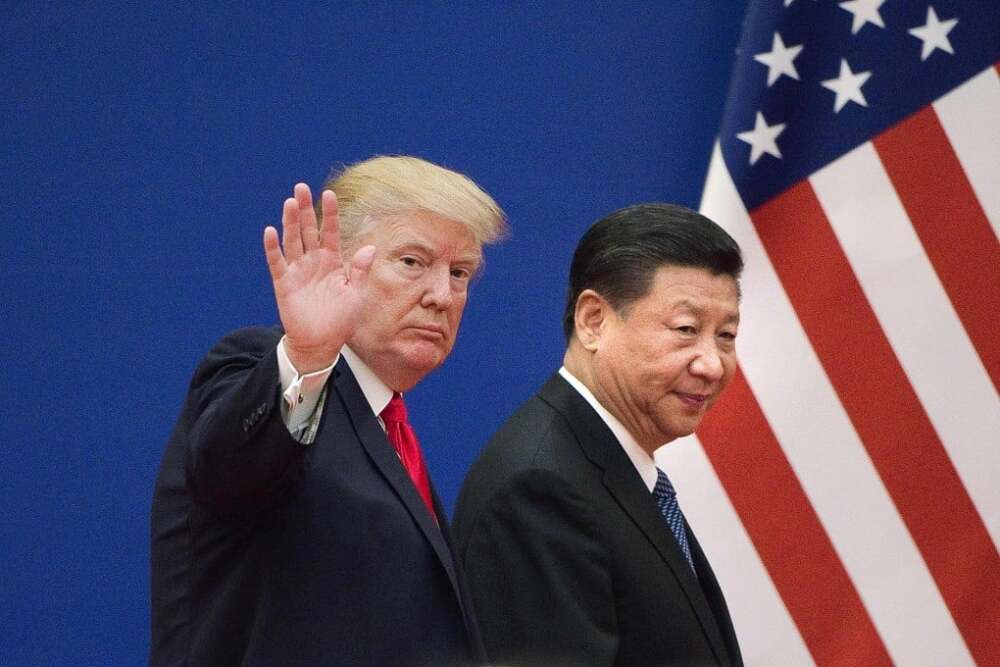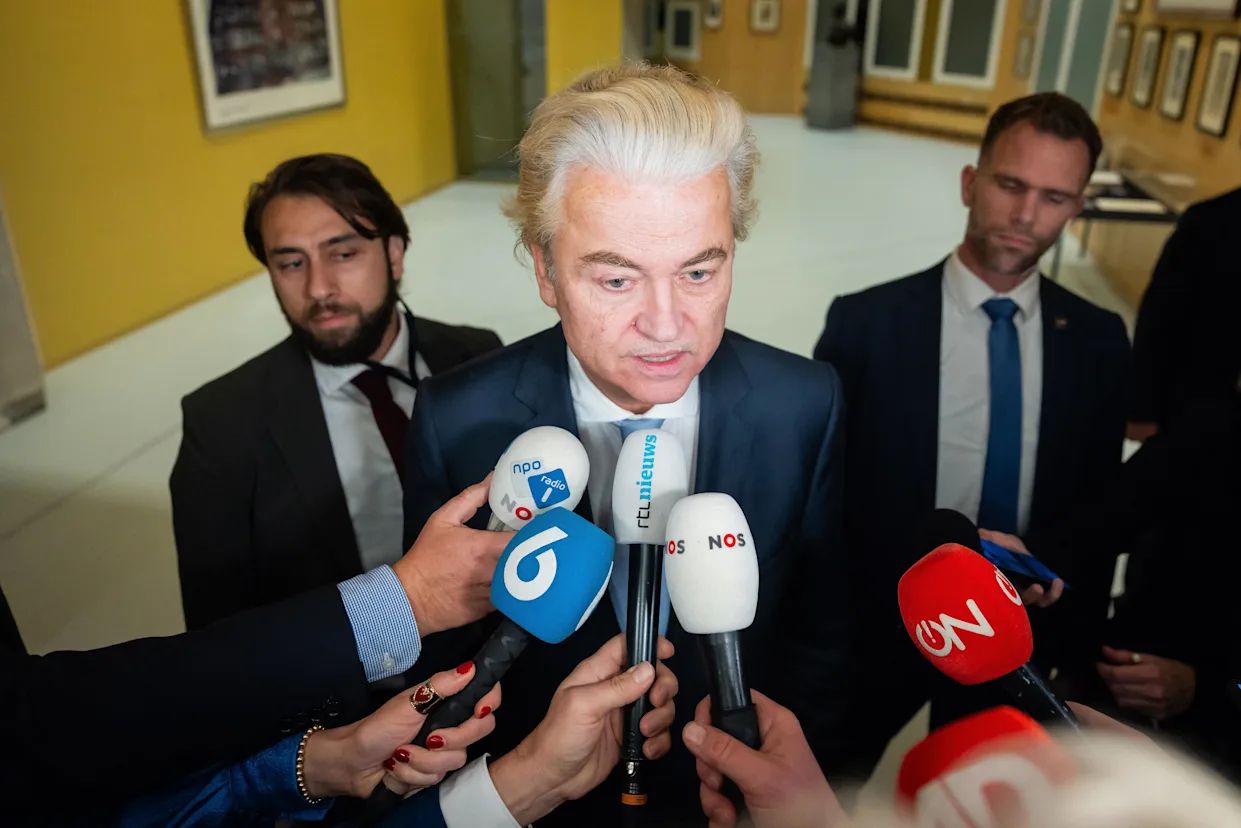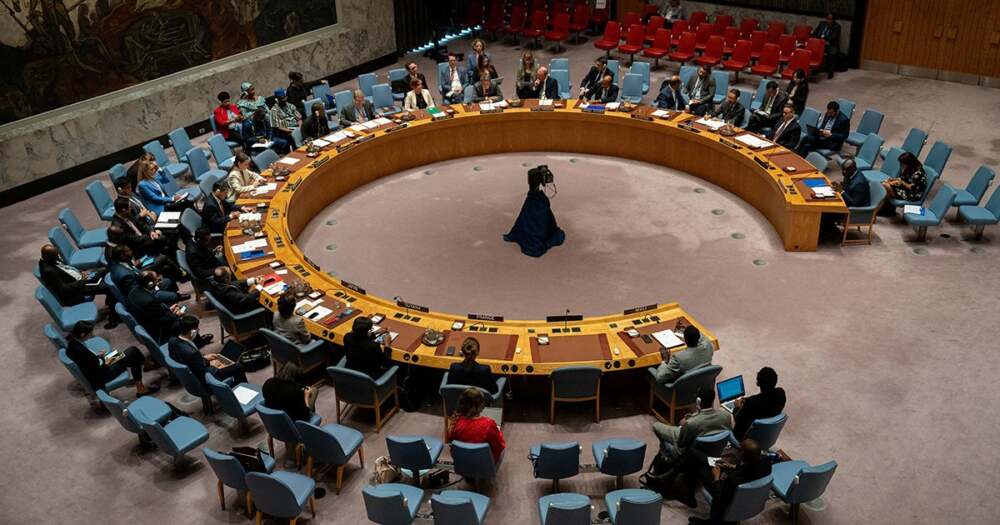In a meeting that may shape the course of global politics for years to come, former U.S. President Donald Trump and Chinese President Xi Jinping met this week for direct talks — a rare and consequential encounter between two of the world’s most powerful figures. With economic rivalries intensifying, security tensions escalating, and global alliances shifting, the summit was widely viewed as a test of whether Washington and Beijing can find common ground after years of strain.
A Meeting Years in the Making
The Trump–Xi meeting, held at a neutral international venue under tight security, marked the first direct encounter between the two leaders in several years. Both arrived amid a climate of uncertainty: China is grappling with a sluggish post-pandemic recovery and increasing economic pressures, while Trump is seeking to reassert his global influence ahead of a potential return to the White House.
For months, diplomats and analysts speculated whether the meeting would even happen. Yet both sides ultimately recognized that communication, however strained, was essential to preventing an irreversible breakdown in relations.
“This meeting wasn’t just about photo opportunities,” one senior diplomat commented. “It was about recalibrating a relationship that defines the balance of power in the 21st century.”
Trade: The Everlasting Battlefield
Trade remained at the heart of the talks — and the most contentious issue on the table. Trump has long accused China of unfair trade practices, currency manipulation, and intellectual property theft. During his presidency, his administration imposed sweeping tariffs on Chinese goods, sparking a trade war that disrupted global markets.
Now, Trump is reportedly considering a new framework aimed at reshaping the economic relationship between the two nations. Sources suggest he proposed conditional tariff reductions tied to China’s adherence to stricter trade and transparency rules.
Xi, for his part, emphasized that economic cooperation should not be treated as a political weapon. He called for “mutual benefit through fair competition,” warning against what he described as “economic containment policies” by Western powers.
Though no concrete trade deal emerged, the tone of the conversation was markedly less combative than in past years. Analysts interpret this as a tentative step toward restoring trust, even if significant differences remain.
Technology Rivalry and the AI Race
Another major theme was technological competition. The United States continues to restrict China’s access to advanced semiconductors and artificial intelligence systems — measures designed to limit Beijing’s capacity to enhance its military and surveillance capabilities.
Trump reportedly defended these controls as necessary to protect U.S. national security and prevent what he termed “tech theft on a global scale.” Xi, however, pushed back, arguing that technological decoupling harms innovation and risks fragmenting the global economy.
Both leaders acknowledged the need for dialogue on AI safety, though they differ sharply on regulation and data governance. The potential for limited cooperation on global AI standards remains open, but the path forward is uncertain.
Military Tensions and the Taiwan Question
The most sensitive and potentially explosive issue discussed was Taiwan. Xi reiterated Beijing’s long-standing position that Taiwan is a part of China and that any move toward independence would be met with “firm action.”
Trump, while reaffirming the United States’ “One China” policy, stressed the importance of peace and stability in the Taiwan Strait. He warned against unilateral moves that could destabilize the region, calling for dialogue between Beijing and Taipei.
Behind the scenes, U.S. officials have expressed growing concern over Chinese military activities around Taiwan and in the South China Sea. Trump’s team reportedly urged China to reduce aggressive maneuvers and respect international navigation rights — a point that drew a measured but unyielding response from Xi.
Climate, Global Crises, and Shared Interests
Despite sharp divisions, the two leaders found limited common ground on global issues such as climate change, pandemic preparedness, and food security. Both acknowledged that cooperation between the U.S. and China is essential to addressing these transnational challenges.
Xi proposed joint initiatives on renewable energy and clean technology, while Trump signaled openness to pragmatic collaboration if it supports American jobs and industries. “We can lead the world in clean energy, but we have to do it our way — not through one-sided deals,” Trump reportedly said.
The Global Impact and Reactions
The meeting’s geopolitical implications are vast. European leaders cautiously welcomed the dialogue, viewing it as a stabilizing gesture amid fears of a new Cold War. Markets responded with cautious optimism, as investors hoped for a thaw that could prevent another round of trade disruptions.
However, skeptics argue that the summit was more symbolic than substantive. Many experts believe that the underlying mistrust between Washington and Beijing runs too deep to resolve through a single meeting.
“This was a diplomatic icebreaker, not a breakthrough,” said a political analyst in Singapore. “But in today’s climate, even keeping communication open is a success.”
Domestic Pressures on Both Sides
Both leaders face strong domestic constraints. Trump, still a polarizing figure in American politics, must navigate competing demands between his nationalist base and business leaders eager for stable trade relations. Meanwhile, Xi confronts mounting economic pressures at home, along with growing scrutiny over China’s foreign policy and human rights record.
These internal dynamics make compromise politically difficult, even when pragmatism is in both countries’ best interest. Yet both leaders seem to understand that unchecked rivalry could have disastrous global consequences.
A Fragile but Necessary Dialogue
As the meeting concluded, both Trump and Xi emphasized the importance of continued engagement. Their closing statements were notably restrained, signaling an effort to manage public expectations while leaving room for future negotiations.
Diplomats are already discussing the possibility of follow-up talks at ministerial levels, focusing on trade frameworks, military communication channels, and potential cooperation on emerging technologies.
The world is watching closely. For decades, the relationship between the United States and China has served as the backbone of the global order — one that influences everything from economic stability to technological progress.
While this summit did not produce dramatic breakthroughs, it may have achieved something equally valuable: a pause, however brief, in the downward spiral of mistrust.
As one observer put it, “Neither Trump nor Xi wants to blink first. But both know that silence between them is far more dangerous than disagreement.”
The coming months will reveal whether this meeting marks the start of a new diplomatic chapter — or merely a fleeting moment of calm before the next storm in U.S.-China relations.
















Leave a Reply